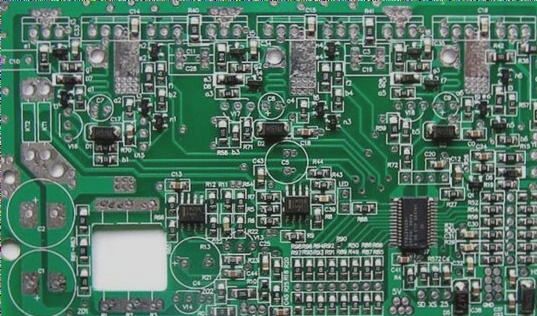PCB soldering techniques and skills
Selective soldering, unlike wave soldering, involves soldering only specific PCB areas and requires pre-coated flux only on targeted spots, and as environmental regulations tighten, opportunities arise for PCB manufacturers, especially with FPC flexible circuit boards and advancements in digital marketing and environmental practices.




